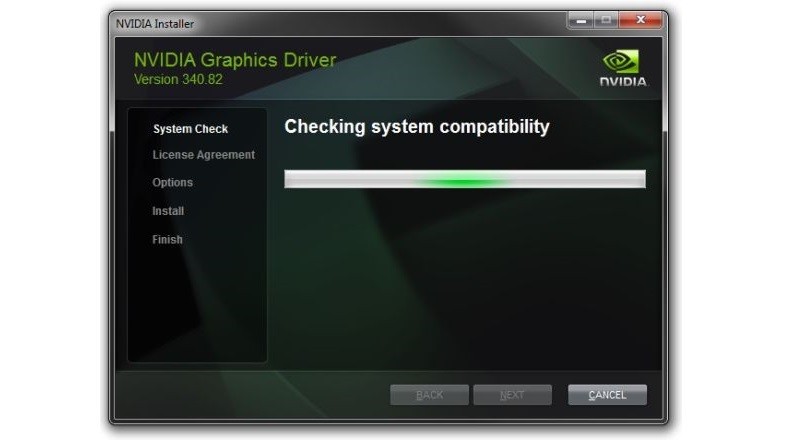

These results show that very fast paths in OpenGL exist. The “multi draw indirect” renderer has to use dynamic indexing into larger buffers to access the shader parameters per draw-call, which may not work as well for less simple data. Renderers with the “ubo” tag pass object matrix and material information by binding UBO ranges. The test draws around 44k objects which have only few triangles per object (typical CPU-limited scenario) and is not using hardware instancing. The cadscene sample was used to compare different rendering techniques in a scenario where state changes where minimized. OpenGL rendering statistics from a CAD scene benchmark. Here are some tips that will make a transition to Vulkan smoother and help to improve performance in OpenGL as well, many of which are also known as “AZDO” techniques. Literally translating a traditional OpenGL/state-machine based renderer to Vulkan is possible, but most likely ends up in lower performance. Even if going Vulkan is not an option at the moment, its concepts do show where modern rendering architectures are heading. Also, constantly check out our website in order to stay “updated one minute ago.In a previous blog post we have discussed the usage scenarios of Vulkan and OpenGL. That being said, download NVIDIA Graphics Driver 340.65 Beta with OpenGL 4.5 support, and apply it on your system.

If not required, restart the computer manually in order to make sure all changes take effect. However, do take a look at the changelog to ensure your card model is supported.Īs for installing the driver, simply save and run the proper download for your computer OS and bit architecture, follow the on-screen instructions, and allow the installer to perform a system reboot. When it comes to the compatible cards, version 340.65 can be applied on NVIDIA’s K-series, along with several other Quadro card models, as well as on the GeForce 400, 500, 600, and 700 series. In addition to that, your system configuration must include a Fermi, Kepler, or Maxwell-based GPU in order to be able to make use of the OpenGL 4.5 and GLSL 4.50 functionality. Bear in mind that Microsoft’s latest OS, namely Windows 8.1, isn’t supported by the present update. If you intend to apply this release on your system, you should know that the available packages are compatible with both 32- and 64-bit variants of Microsoft’s Windows XP, Vista, 7, and 8 platforms. Just now, NVIDIA has rolled out a new graphics driver compatible with its GeForce and Quadro video cards, namely version 340.65 beta, which provides support for OpenGL 4.5, as well as GLSL 4.50 (only on compatible configurations).


 0 kommentar(er)
0 kommentar(er)
